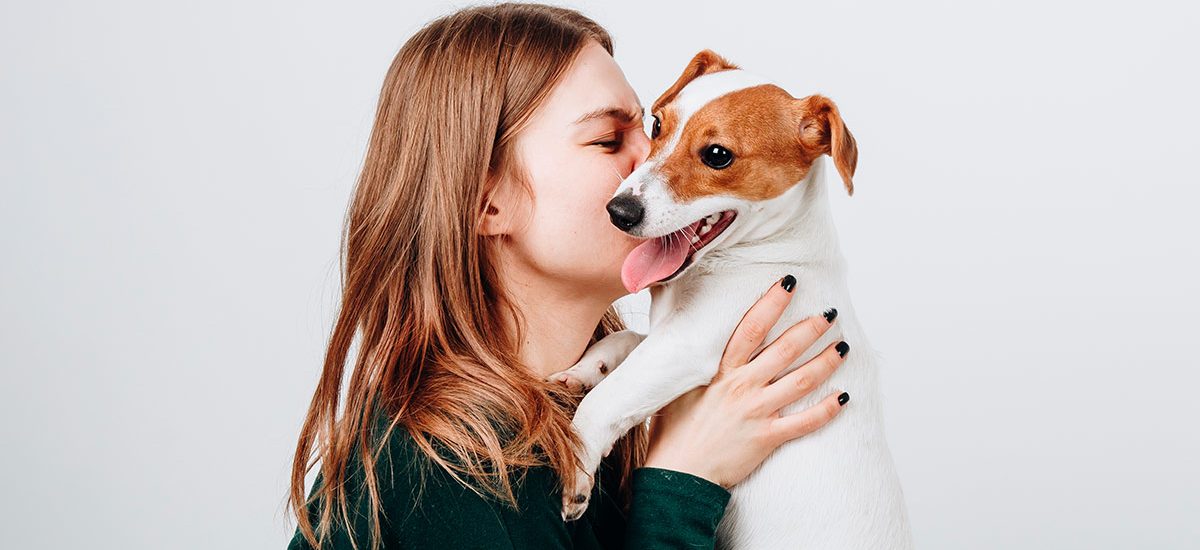Introduction: The Rising Trend of Pet Ownership in Spain
In recent years, Spain has seen a significant increase in pet ownership, with more households welcoming furry companions into their lives. According to data from the sectorial association Anfaac, there are over 30 million pets in Spain, outnumbering children under the age of 14. This surge in pet ownership can be attributed to various factors, including the impact of the COVID-19 pandemic, which led to increased loneliness, remote work, and a desire for companionship.
While the companionship and joy that pets bring are undeniable, it’s essential for prospective pet owners to understand the financial responsibilities that come with pet ownership. In this comprehensive guide, we’ll explore the various expenses associated with owning a pet in Spain, including initial costs, ongoing expenses, and premium services.
Section 1: Initial Costs of Pet Ownership
1.1. Acquiring a Pet: Adoption vs. Purchase
When considering acquiring a pet, individuals have the option of adoption or purchase. Adoption from shelters or rescue organizations is not only a humane choice but also typically more affordable. However, if opting to purchase from a breeder, prices can vary depending on the breed and the reputation of the breeder. It’s important to note that laws regarding the sale of pets prohibit online transactions, requiring individuals to purchase from authorized breeders or shelters.
1.2. Initial Veterinary Expenses
Upon acquiring a pet, there are immediate veterinary expenses to consider, such as vaccinations and microchipping. These initial medical procedures can cost between €50 and €100, depending on the type of pet and the veterinary clinic. Adoption fees from shelters often include these initial veterinary expenses.
1.3. Setting Up the Home Environment
Preparing the home for a new pet involves purchasing essential items such as food and water bowls, bedding, toys, collars, leashes, litter boxes (for cats), and scratching posts. According to surveys, initial setup costs can range from €395 to €1,740 for dogs and €260 to €1,630 for cats, depending on the quality and quantity of items purchased.
Section 2: Ongoing Expenses of Pet Ownership
2.1. Cost of Food
One of the most significant ongoing expenses of pet ownership is the cost of food. According to the Real Sociedad Canina de España (RSCE), the average monthly cost of feeding a dog is approximately €60, while for cats, it’s around €25. Factors such as the size of the pet and dietary preferences can influence these costs.
2.2. Routine Veterinary Care
Routine veterinary care, including annual check-ups, vaccinations, and parasite prevention, is essential for maintaining a pet’s health. The average cost of a veterinary consultation is around €31.80, with additional expenses for vaccinations and parasite treatments.
2.3. Insurance
Many pet owners opt to purchase pet insurance to cover unexpected medical expenses. The cost of pet insurance varies depending on factors such as the pet’s age, breed, and coverage options. On average, pet insurance for a dog can cost around €330 per year.
Section 3: Premium Services and Additional Expenses
3.1. Grooming Services
Some pet owners choose to enlist professional grooming services to keep their pets clean and well-groomed. The average annual cost of grooming for dogs is approximately €200, while for cats, it can range from €120 to €200 for long-haired breeds.
3.2. Training and Behavioral Services
Training and behavioral services, including sessions with professional trainers or behaviorists, can help address issues such as obedience, aggression, or anxiety. The cost of these services varies but typically ranges from €55 to €75 per session.
3.3. Boarding and Pet Sitting
When pet owners travel or are unable to care for their pets temporarily, they may utilize boarding facilities or hire pet sitters. Boarding costs for cats range from €15 to €25 per day, while for dogs, it’s between €20 and €30 per day. Pet sitting services typically charge hourly or daily rates, with discounts for extended periods or multiple pets.
Conclusion: Understanding the True Cost of Pet Ownership
Owning a pet is a rewarding experience, but it comes with significant financial responsibilities. From initial adoption or purchase costs to ongoing expenses such as food, veterinary care, and insurance, pet ownership requires careful budgeting and planning. Additionally, premium services such as grooming, training, and boarding can add to the overall cost. By understanding and budgeting for these expenses, prospective pet owners can provide their furry companions with the care and attention they deserve while ensuring their own financial stability.


